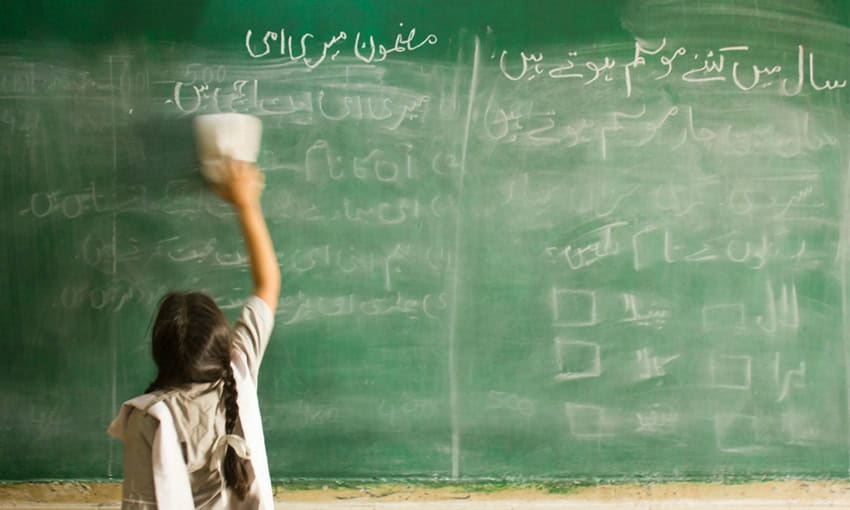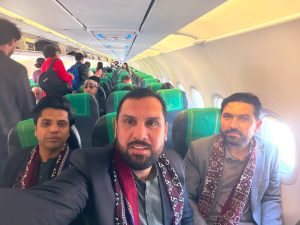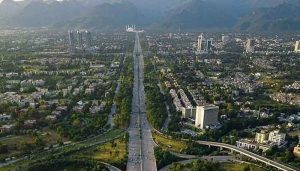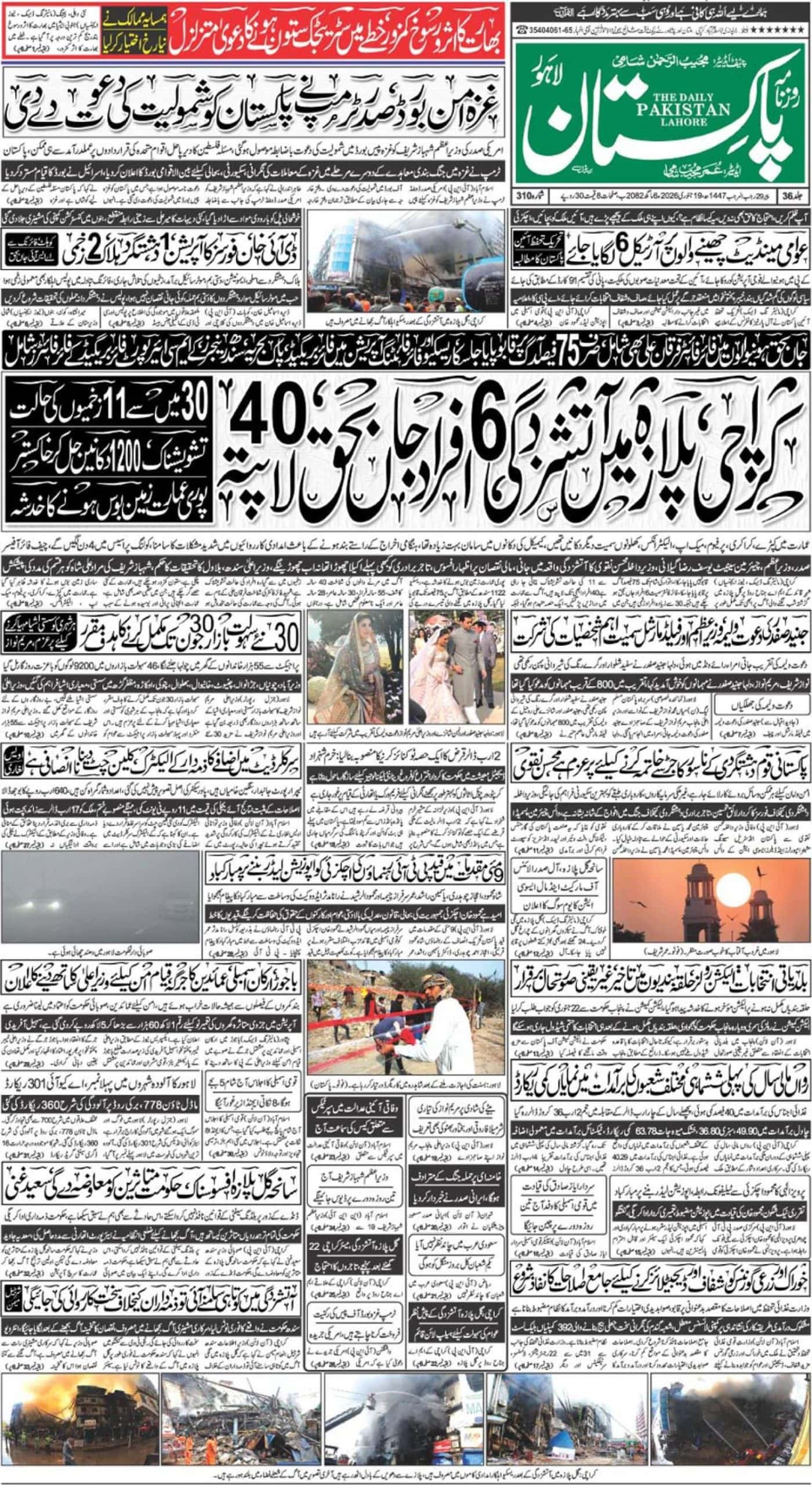In General Pervez Musharraf’s era, a national vision known as ‘Vision 2030’ was formed, apparently, a clear picture of the expected challenges and emerging consequences our nation will have to oppose. Vision 2030 was considered an important milestone as prioritization of knowledge is a key principle for our future progress.
Pakistan, for the purpose of development, has put forth its commitment to raise literacy and education by making relevant policies at both domestic and international level. Vision 2030 is, in fact, a strategy to enhance educational facilities, literacy rate and capacity of structures in the institutes. The question is “Is our educational policy in sync with the Vision 2030 goals?”
Education sector, during Pervez Musharraf’s stint, received a great deal of investment which also resulted in a distinguishable positive change educational system.
Provision of free obligatory education to every child between the age of 5-16 years has been enshrined in the Constitution of Pakistan. It states that “The state of Pakistan shall remove illiteracy and provide free and compulsory secondary education within minimum possible period.”
But the miserable state of education in Pakistan carries an ample declaration about the truth that it is unable to secure its own sector.
However, 62 years have been passed and a number of ‘action plans’ and policies have been introduced, but our education sector is still longing for a rescuer.
According to the records from UNESCO, Pakistan despite being the 6th largest country in the world is unable to provide basic education to its people.
One of the major problems in our educational system is that it is based on an unequal scale. Pedagogics in private sector is entirely different from the public sector. It is the main cause of schism and divisions in our society.
Discriminatory spatial structures between different regions (Punjab prioritised over Balochistan), this kind of regional disparity is one of the reasons behind low literacy rate. Gender discrimination is also affecting our literacy rate.
As compared to a percentage of boys, only fewer girls are able to get enrolled in school, college and universities due to the rampant stereotyping of girls’ education and a commonly held misconception that higher education for girls is nor mandatory.
Lack of technical training and education is the biggest flaw in our policy. Technical education has never been focused upon due to which we are unable to move forward and progress. It is crucial for our development that we produce efficient and skilled workforce.
Education gets the least funds and investment. Only 2.4% of GDP is spent on education which is simply not adequate to raise quality of education.
The teachers hired in private schools are professionally qualified and trained whereas the teachers in government schools are untrained, mostly those who do not get any job and try their luck in public and educational sector. How can we expect untrained and unqualified teachers to train and teach our children?
Poverty is another main reason for low literacy rate. People belonging to underprivileged and remote areas prefer to send their children to work instead of schools or send them to Madrassas.
There is a dire need to formulate new national educational policies and implementation of Vision 2030 goals. It is difficult for a government to implement a uniform education system throughout the country due to the current situation, but to overcome illiteracy, a new uniform curriculum can be administered.
Uniform curriculum will be a source for children in rural areas to overcome illiteracy and compete with the schooling system of urban areas.
Both government and non-government sectors need to collaborate to promote awareness. Provision of basic facilities to rural areas will help them to progress. The current training centers need to be furnished and maintained to produce more skilled workers.
Sharing success stories, implementations and making modifications in the system can generate positive results. Technical education should be made a compulsory part of our education system. Economic incentives should be provided to the students to encourage them and their parents to send them to schools.
Corruption from every sector needs to be eliminated, a special monitoring system should be developed to maintain check and balance. Legislation should be formed by the provinces to design educational policies and for an improved education system as education is the provincial subject after the 18th amendment. Students should be provided with a facility of career counseling in schools to eliminate unemployment from the society.
Education is important for all of us to earn bread and butter and secondly for prosperity and learning.
These reforms cannot be brought into action by government only, both public and private sector should collaborate with each other to withdraw a majority of our population from illiteracy. Similarly, our youth is our asset, so it is our devoir to be a helping hand to them.














